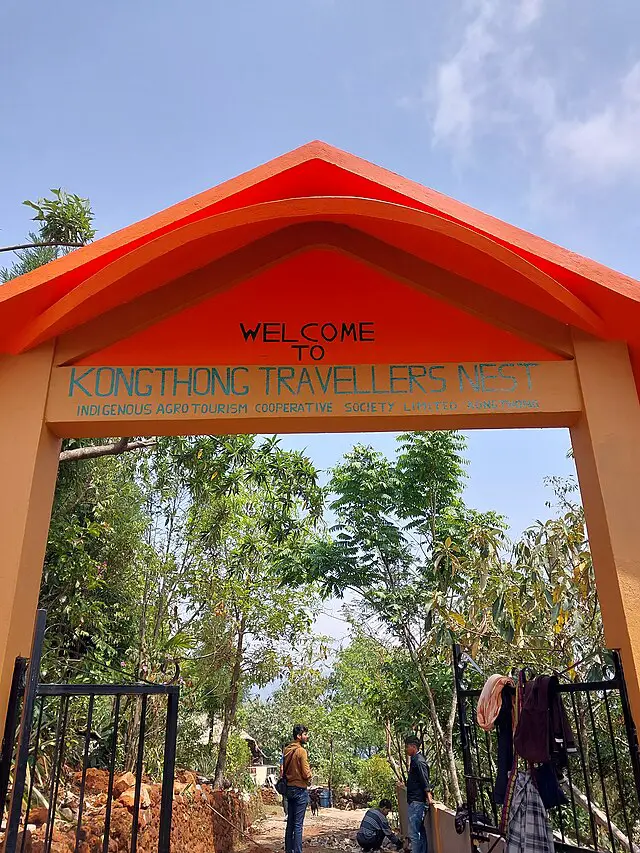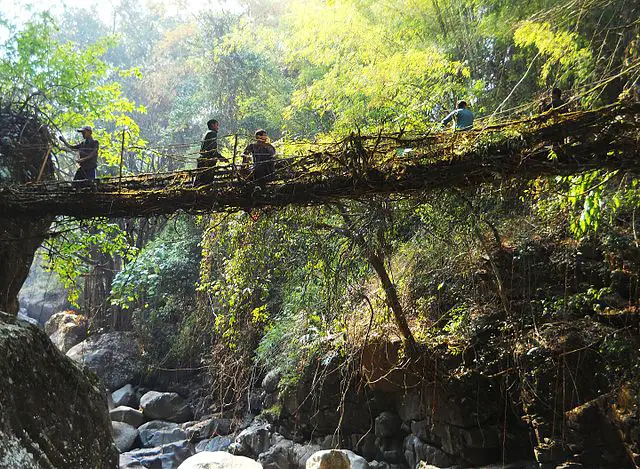In Kongthong, every resident has a signature tune. When a baby is born, the mother composes a unique whistled melody, known as a “jingrwai lawbei.” This tune becomes the child’s identity, used by family, friends, and fellow villagers to call them across distances. Unlike traditional names, which are spoken and written, these melodic identities exist purely in sound, echoing through the lush green hills of Meghalaya, where the village is located.
Why Do They Whistle?
The origins of Kongthong’s whistled speech are deeply tied to its geography and way of life. Surrounded by thick forests and steep hills, calling someone by name might not carry far, but a sharp, distinctive whistle can travel across vast distances. This unique form of communication allows villagers to call each other from across valleys, making everyday life—from gathering food to warning of danger—easier and more efficient.

A Vanishing Tradition
As technology and modern influences creep into Kongthong, the whistling tradition faces an uncertain future. Many younger villagers, exposed to mobile phones and urban life, rely more on spoken words and text messages than their ancestors did. Yet, efforts are being made to preserve this rare cultural heritage, with researchers, travelers, and even the Indian government recognizing the village’s extraordinary linguistic legacy.
The Science of Whistled Languages
Kongthong isn’t alone in using whistled speech. Similar systems exist in other remote communities, such as the Silbo Gomero in Spain’s Canary Islands and the whistled language of the Mazatec people in Mexico. Linguists suggest that whistled languages evolve in landscapes where long-distance communication is crucial. By transforming spoken words into musical tones, these communities ensure that messages are heard clearly over great distances.
A Tune That Travels Through Time
Despite the march of progress, Kongthong’s melodic identity remains a beautiful testament to human ingenuity and the deep connection between language, culture, and environment. If you ever find yourself in this enchanting village, don’t expect to be called by name. Instead, listen for the tune that welcomes you, a melody as unique as the place itself.
The Power of Sound in Human Connection
The story of Kongthong reminds us that language is more than just words—it’s a means of connection, shaped by our surroundings and traditions. Whether through spoken words, written scripts, or whistled tunes, human communication is endlessly diverse and deeply rooted in culture. Kongthong’s whistled melodies aren’t just a way of calling names; they are echoes of a time-honored practice that deserves to be celebrated and preserved.

